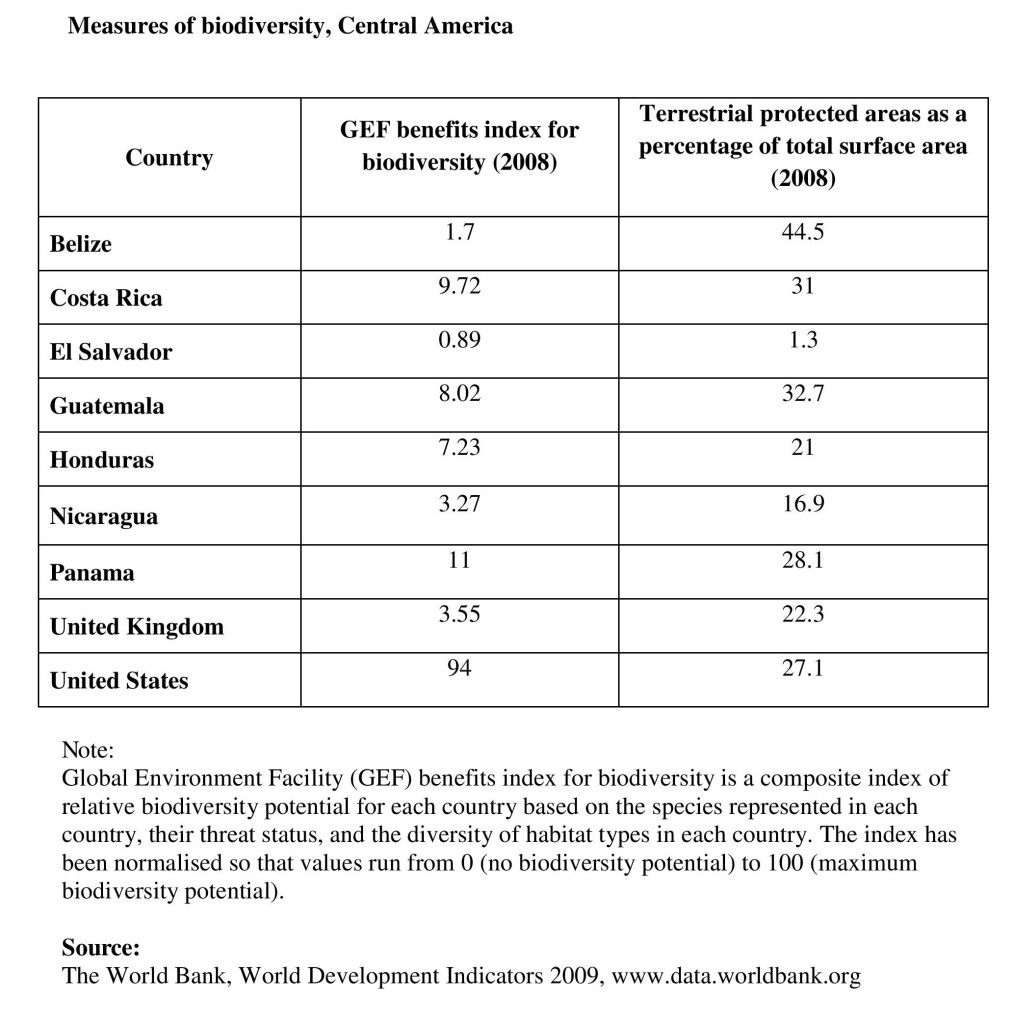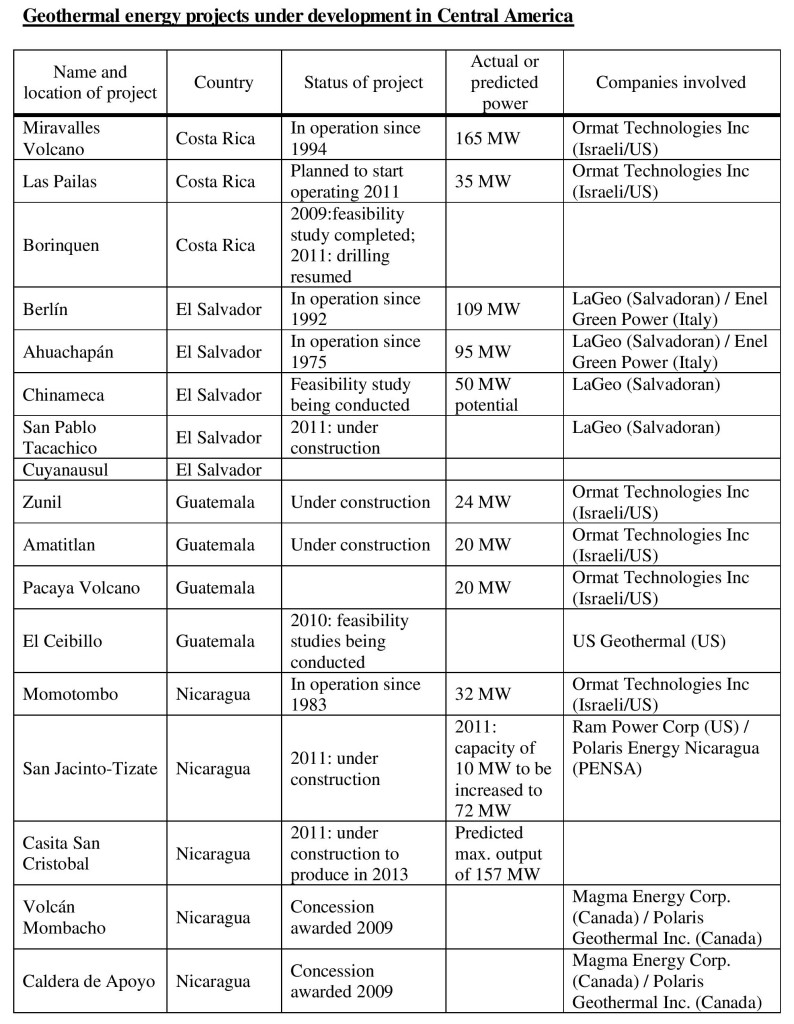The board of Polaris Energy Nicaragua (PENSA) and the Central America Bank for Economic Integration (BCIE) signed a credit agreement for US$77 million to expand electricity generation at the San Jacinto Tizate Geothermal Plant by 36 megawatts from its current 10 MW for a total of 46 MW by April 2011 and 72 MW by the end of that year. The project is being financed by a consortium of Canadian and Dutch banks and administered by the BCIE.
When its final phase is completed at a cost of US$149.5 million, the geothermal plant will produce 150 MW of electricity saving more than 540,000 barrels of oil a year and will create 260 permanent jobs. The first phase alone will save US$38 million in oil purchases.
Treasury Minister Alberto Guevara and BCIE President Silvio Conrado also announced the signing of a loan for US$22.9 million to finance construction of the Larreynaga hydroelectric dam which has the potential to produce 17 MW of electricity. This loan is on top of the US$36.7 million already approved for the project. President Daniel Ortega spoke of the need to gradually reduce dependence on oil but also said that a mix of oil, wind and hydro power would be required as it would not be possible to produce 100% of Nicaragua’s energy needs by geothermal generation.
Taken from Nicaragua News, 19.01.10, and El Nuevo Diario, 13.01.10.

